The treatment of vein disease is a broad field, one which ranges from conservative therapies used to minimize the side effects caused by varicose veins and spider veins to the more sophisticated techniques required to eliminate these diseased veins entirely. In this article,Phoenix vein treatment specialists from Comprehensive Interventional Care Centers present some of the best treatments.
In the “bad old days,” vein treatments were invasive
Only a few decades ago, if you wanted to have your varicose veins removed permanently, there was only one method – an invasive surgical process known as “vein stripping.” It had to be performed in a hospital, under general anesthesia, and involved the surgeon making long incisions in your legs and then scraping the diseased veins away with a scalpel. If this sounds unpleasant, it’s because it was, and the results were often far from satisfactory due to scarring and long recovery times.
Modern vein treatments are conservative or minimally-invasive procedures
Mild cases of vein disease can be treated conservatively using compression stockings, lifestyle and dietary changes, and exercise programs to control the symptoms of vein disease. In many cases these conservative approaches can help, but they don’t remove the actual varicose veins. To do that, thanks to advances in medical technology, modern Phoenix varicose vein treatment specialists have a wide arsenal of minimally-invasive treatments to rely on.
The term “minimally invasive” means that no incisions have to be made, which in turn means that in most cases no anesthetic is required, and thus there is no need to go to a hospital for treatment. You literally walk in with varicose veins and walk out about an hour later without them.
One minimally-invasive treatment option that is remarkably effective is called sclerotherapy. With this technique, doctors insert a tiny catheter into the swollen veins and inject a sealant to close them. The now-closed veins are absorbed into surrounding tissue, and healthier veins in the area take over the job of routing blood back to the heart. Another technique that is sometimes used for larger varicose veins is radiofrequency ablation, which also closes the diseased veins, but uses high-frequency electrical energy. When dealing with large varicose veins, ambulatory phlebectomy can also be used to speed up the process of removing the last traces of the diseased veins.
There are other techniques used for more serious conditions, such as DVT
The disease called deep vein thrombosis (DVT) is potentially much more serious than varicose veins, because it causes blood clots to form in the large veins of your legs. If these clots break loose and travel to the brain they can cause a stroke, and if they travel to the lungs they can cause a pulmonary embolism. Both conditions are potentially fatal. To remove these blood clots, Phoenix vein specialists can use a technique called endovenous laser therapy (EVLT), in which a tiny laser is introduced into the vein, guided precisely into place using ultrasound, and then fired to destroy the blood clots and re-open the veins.
How do I find out more about modern minimally-invasive treatments?
All of the techniques described above can be performed in the comfort of our Phoenix vein treatment center, with no need to ever check in to a hospital, and no need for long recovery times. To help you understand them, we have placed informative articles about each of these procedures on our website. Or you could just give us a call and allow the experts at Comprehensive Interventional Care Centers to go into more detail about the minimally-invasive treatment options they offer during an initial consultation.
